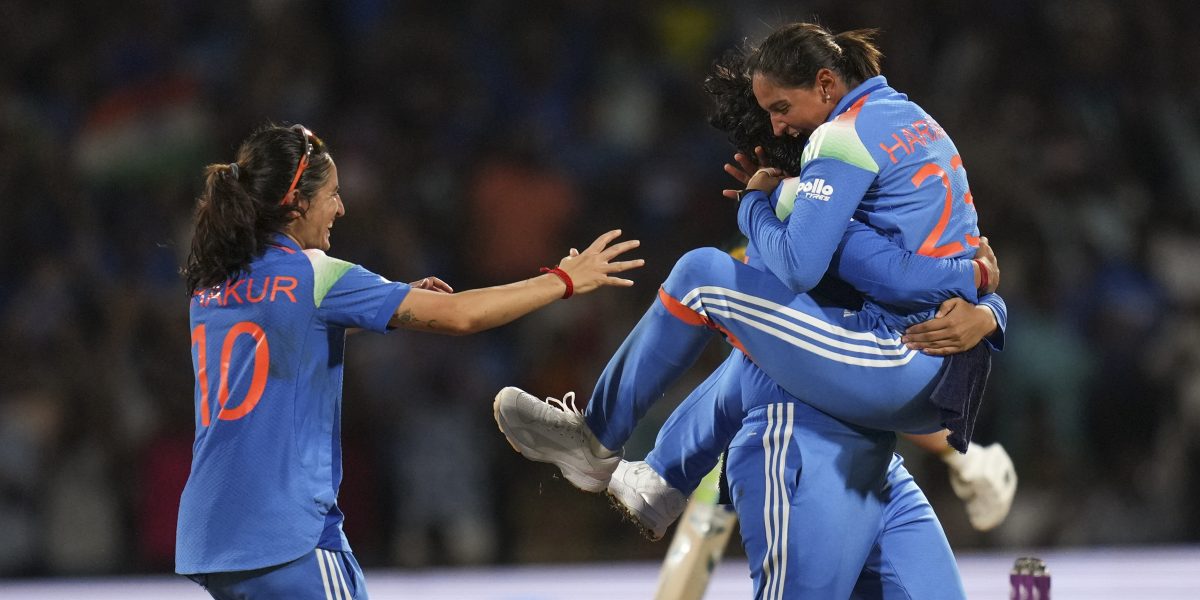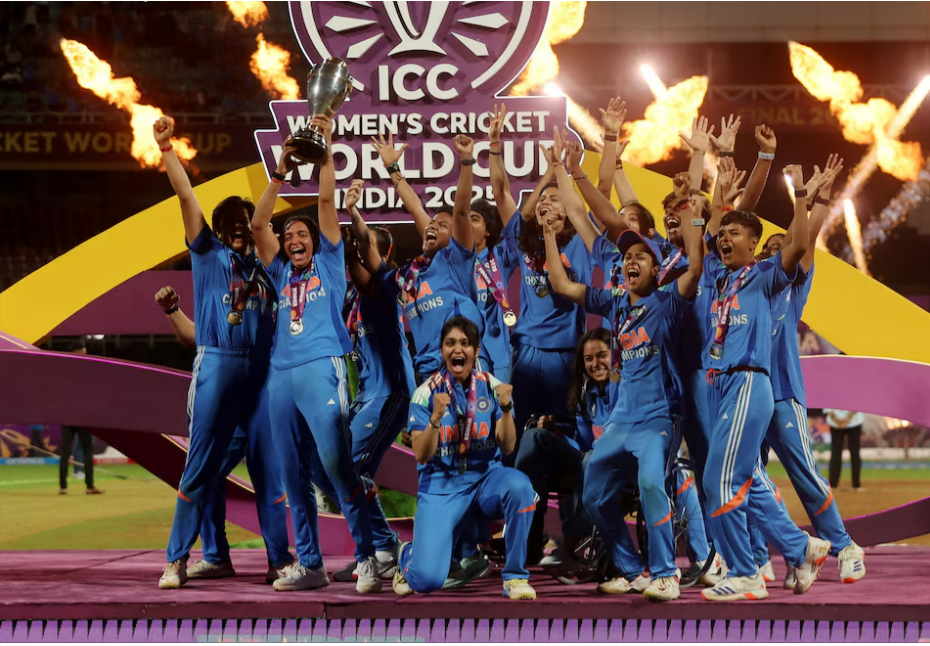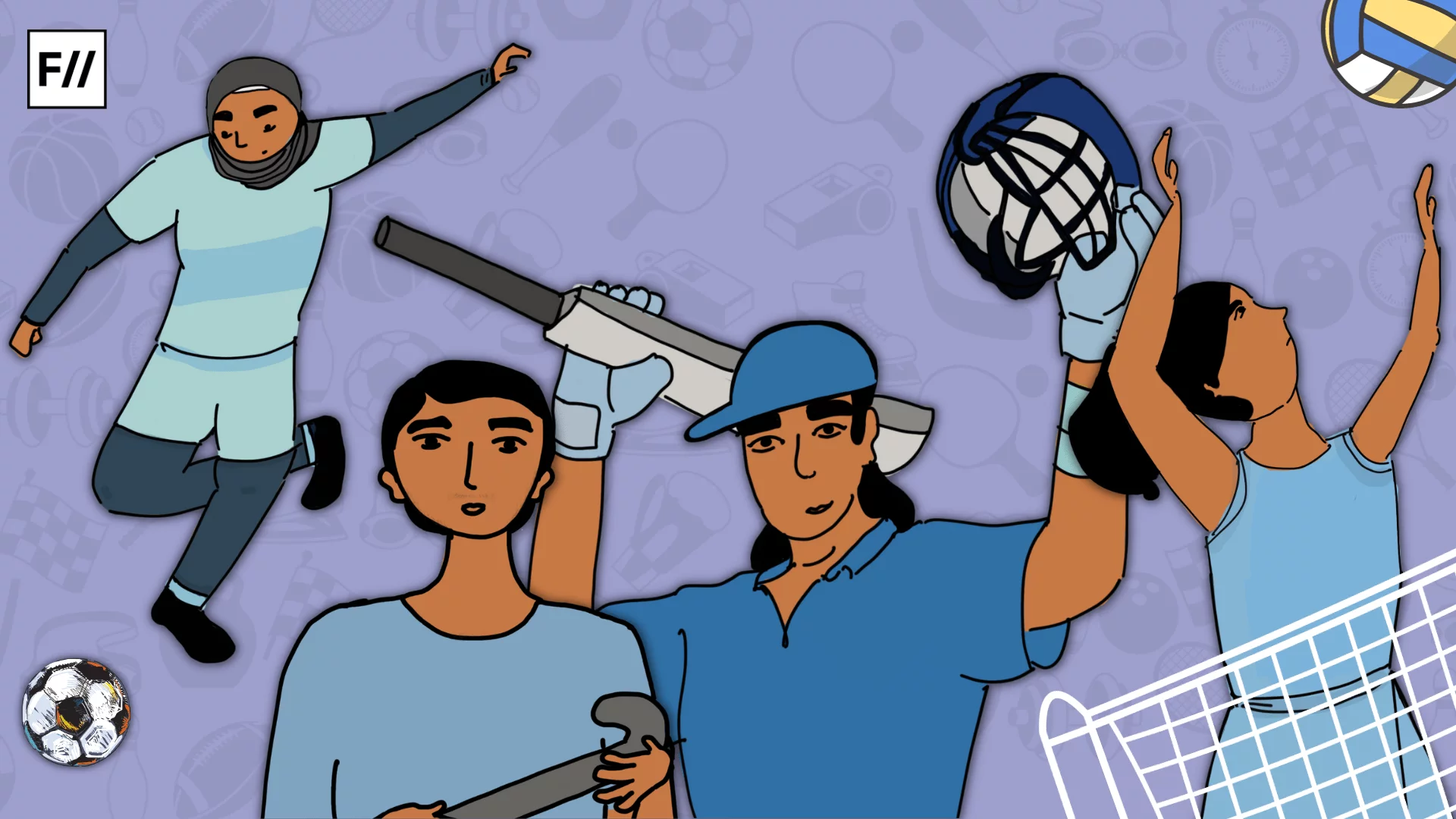The Board of Control for Cricket in India’s (BCCI) approach when it comes to the women’s cricket team has always been lacking action. The willingness to put in the same effort and money in it as men’s cricket has forever been absent. Yet again in another disappointing show, it was recently reported that the BCCI has still not paid the Indian women cricketers their dues of World T20, which was held in Australia in March 2020.
The UK Daily and Telegraph reports that Australia, the winners of the tournament got their share of the money after the tournament. While the Indian women’s team, which finished as runners-up, is yet to receive their prize money of $500,000 even after 14 months. According to a report in the Hindustan Times, BCCI said that it received the prize money from the International Cricket Council (ICC) in November last year, thus causing the delay in its distribution among players. The reports also said that BCCI has a tax dispute with ICC, which creates the problem that if the players are paid early, they will incur double taxation.
BCCI has still not paid the Indian women cricketers their dues of World T20, which was held in Australia in March 2020.
However, there are contradicting voices within BCCI as according to reports, an official blamed the delay of the payment on the Covid-19 pandemic and said, “the payment should have been cleared long back.”
This lack of clarity and action by the BCCI however does not come as a surprise when it comes to women’s cricket in India. The bias has been everlasting and ongoing for a long time. The pandemic has only made these bias even more stark. For instance, the BCCI has once again been placed under the scanner recently for their unequal treatment of the men’s and women’s cricket teams that are scheduled to depart for England. According to Crictracker, the Indian Men’s team will reportedly depart to England to play World Test Championship via a chartered flight while the women’s team will not have charter services. The BCCI has instead arranged commercial flights for its women players.
Last year too when BCCI was mulling over the idea of conducting the IPL in UAE, there was no concrete decision on the Women’s T20 Challenge taking place, until much later. While the IPL went on with all its glamour in full spree, the women’s league was conducted with only three teams participating. Bio secure bubbles have been the norm and money has been spent to maintain them when it comes to men’s cricket while in 2020 when the Indian women’s team were all set to tour England, BCCI pulled out at the last hour stating it was not sure about the England board’s bio-bubble.
BCCI has reportedly been providing COVID-19 testing to their male cricketers at their doorsteps. On the other hand, women cricketers have been asked to conduct their tests themselves.
Apart from this Crictracker also reported that the BCCI has reportedly been providing COVID-19 testing to their male cricketers at their doorsteps. On the other hand, women cricketers have been asked to conduct their tests themselves.
Time and again women cricketers in India have found themselves at a disadvantage as compared to their male counterparts because while they need to spend the same amount of time working and developing their skills, they earn a fraction of what the men do, and fewer endorsements and revenue options.
Professionalism in sports entails much more than just a salary and contract. And often for women in sports, the contracts are not respected. In India, the pay issue for women cricketers is not just about the money that comes to their bank accounts, but it is also a fight against a continuing systemic discrimination.
Also read: IPL 2021: Did The Game Really Have To Go On Even As India’s Healthcare System Crashed?
For instance, multiple reports have pointed out the stark difference between the men’s and women’s contracts of the Indian cricket teams. Even the lowest paid male cricketer in India earns twice what the top women player earns. This amounts to a massive pay gap. The gap again is twofold: it’s not just between what men and women cricketers earn, but also between what the international women and domestic women cricketers earn.

The issue of gender equality is something that is faced by every single woman in the world on a daily basis. The sports industry has been at the top of the list when it comes to this. Besides the challenges that athletes and sportspersons encounter, women sportspersons have to confront several other complications and biases both on and off their fields of work. Within this spiral, cricket and especially Indian women’s cricket has been dealt the worst blow.
According to a 2017 study by BBC Sport, 83% of global sports award men and women the same prize money. Cricket is not one of these sports. In India, while women players agree they need to be paid more, there is not yet a push from their side to be paid equal with the men. The vice-captain of the Indian women’s cricket team Smriti Mandhana had in an interview said that the team understands that the revenue that BCCI generates is through men’s cricket and thus the disparity in pay. This is the very stand the BCCI would also take. But it is also something that would have shocked women athletes and sportspersons across the world who have taken the fight for equal pay to the establishment.
Cricket Australia and the Australian Cricketers Association negotiated an agreement in 2017 that saw all players paid the same base rate regardless of gender. One of the reasons this deal was reached was because both the men and women cricketers were united and stood in the fight together. Whereas in India, the men’s and the women’s cricket seem to operate in two different bubbles, where just following on the steps of the patriarchal society, the men reap the benefits, the awards whereas the women and their achievements are overshadowed.
Recently in an instance at a different sport, English Premiere League club Liverpool’s women’s team players Kirsty Linnett and Becky Jane hit out at the team administration over their sudden ouster from the club. In a social media post Linnett claimed a contract offer previously sent to her agent had been retracted without her being informed. The duo’s sudden ouster brought up the gender disparity and bias that operates in women’s football, as the players talked about how women footballers have zero security as compared to their male counterparts.
Coming back to the Indian cricket situation, the women cricketers, at least some of them, have raised their voice from time to time, but with the fear that their contract might be scrapped if they step on BCCI’s wrong foot.
One has to understand that it is not the women’s team’s job to generate revenue. That is the BCCI’s job. The team’s job is to go out in the field, play the game and win. The team should not be compensating for the failure of the board.
Also, if we are to look deep the reason as to why women’s cricket doesn’t generate as much revenue as men’s cricket then the obvious reason that the BCCI doesn’t treat women’s cricket the same as men’s cannot be ignored. The investment, resources and opportunities in men’s cricket is a lot more than it has ever been for women. Furthermore, until recently, the Indian women’s cricket team did not even play as many games in a year. Their schedules were empty for most of the time.
What is actually the cause is a historic under-representation and under-funding for the women’s game. This takes away visibility from women’s sports leaving them not only with a pay gap but also little sponsorship or other means of income. Patriarchal societies such as ours have always taken women’s work for granted. In India, the understanding of sports has for the longest time been limited to cricket played by men.
Also read: No Sports/Sponsorships: Dual Pandemic That Hit Sportswomen Globally
“Women’s sports are boring”, “Women don’t play sports”, “But women do not have the same energy as men to play cricket or football”. These statements that the society and the organisations have been feeding us for so long, that it has become the only reality that we experience. Until we decide to challenge that reality, change will be hard to come. Organisations like the BCCI will always turn a blind eye when it comes to representing and giving the women their due share.
Featured Image Source: BCCI/ Twitter
About the author(s)
Shriya is a former student of literature and a multimedia journalist with an interest in sports and human rights. She can be found watching Shah Rukh Khan movies or listening to Ali Sethi and 90s Bollywood songs. She enjoys a good cup of black coffee multiple times a day and is often compared to 'Casper, the friendly ghost'.





We love women in sports and promote them. How is society (the fans) going to do a 180 and find interest in women’s sports when they didn’t before? Many people do actually find women’s sports less entertaining (boring) because of speed / exciting play etc., which actually plays into the wage gap. How do you change that?